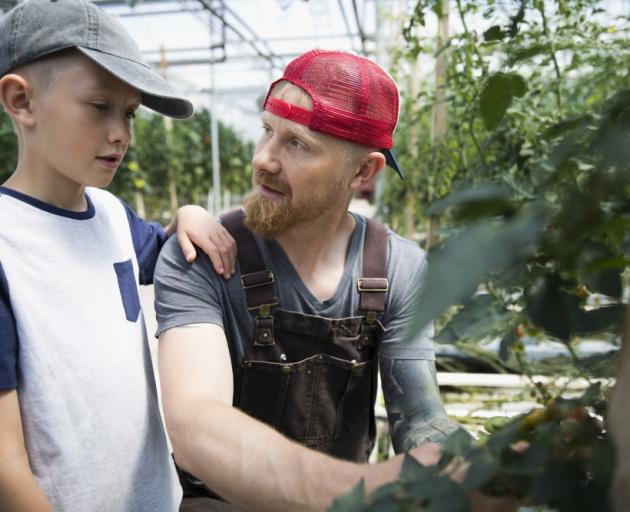
Parenting columnist Ian Munro shares some tips on how to get children to listen.

Young grandson is a very busy person, with lots going on inside his head. He’s probably no different from his elders, in fact.
"What was it you just said?" or "I asked you to bring some firewood when you came back in." It’s easy to listen and say "yes" while our mind is somewhere else.
Children are no different. They’re either busy focusing on things they want to do or they’ve heard it all before and switch out, treating what we’re saying as if it was a bit of background mall music.
If you do have some problems getting your youngsters to hear what you’re saying, and you might also be getting the same message from school, there are some things that you can do that might help with improving their listening skills. But always remember that it takes two to communicate and you might have to think a little about how you are going about it yourself.
It pays to remember, too, that they have probably spent all day listening to instructions at school. Yours is yet another voice in the daily noise.
Keep your message straightforward and clear - an active child needs it short and simple and clear. Don’t lose what you want to say among a lot more words than are necessary. Too much, especially later in the day, and they’re likely to tune out.
For those regular messages, try to get to the point where one or two words is all that is required as a reminder. For example: "Dinner", "Teeth, please", "Bedtime". Or a simple announcement instead of an instruction: "The car’s leaving in 5 minutes."
Be calm and reasonable to avoid a defensive, shut-down reflex coming in to play.
Make eye contact. This may take a little training but a bit of eyeballing helps both of you concentrate on what’s being said and helps minimise the distraction of other things. It brings whatever is going on to a momentary halt. A "yes" while concentrating on the iPad is no different from an adult grunting "yes" from behind a newspaper - what was said may or may not have registered.
Don’t ask, "Did you get that?"
The programmed response will always be, "Yes" or a yes-grunt. Having a youngster repeat back the message is a good way of not only ensuring that it was heard and has been understood, but also of helping remember what was said.
Make sure that whatever it was gets done. Otherwise, why would bother listening if whatever is said always proves to be of no consequence?
Remember to positively acknowledge. It only takes a simple, "Thanks."
These are simple techniques that work best when used by both parents and kids.











